- Home
- Military & Defense
- What Colombian farmers can buy when they use cocaine's raw ingredient as currency
What Colombian farmers can buy when they use cocaine's raw ingredient as currency
Coca leaf, the material in cocaine, is relatively cheap compared to the end product.

"If you look at the raw ingredients in a country like Colombia, to make a kilo of pure cocaine, you need about a ton of fresh coca leaf. It then gets dried out, it weighs a bit less, but that ton of leaf to start with costs only about $400 or $500 in Colombia," Tom Wainwright, the former Mexico City reporter for The Economist and author of "Narconomics," told Business Insider earlier this year. In comparison, a kilo of cocaine can retail for as much as $150,000 in the US.
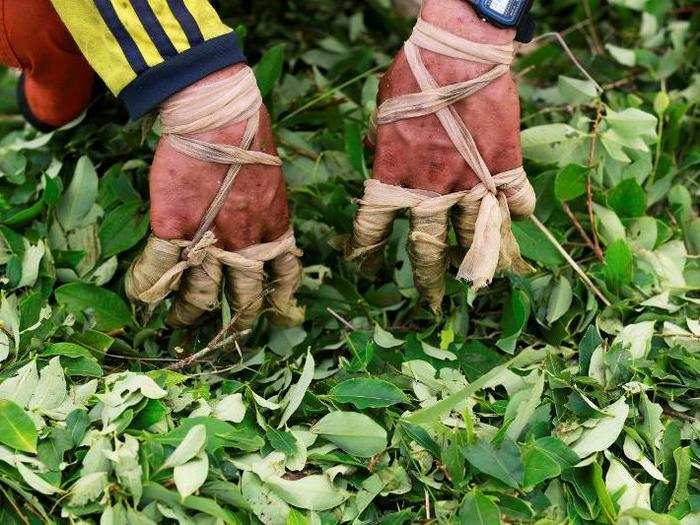
But coca cultivation in Colombia is immense. The country is believed to produce more coca than Peru and Bolivia, the second- and third-largest producers, combined. US and Colombian officials have said that FARC encouragement, despite its agreement with the government, has led to the spike in cultivation.
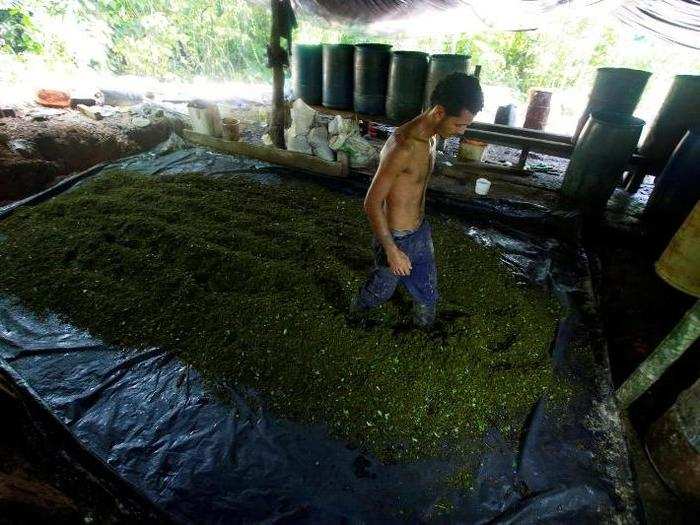
Source: The Washington Post
The Colombian government halted aerial fumigation of suspected coca crops in late 2015, out of concern that the herbicides used could cause cancer.
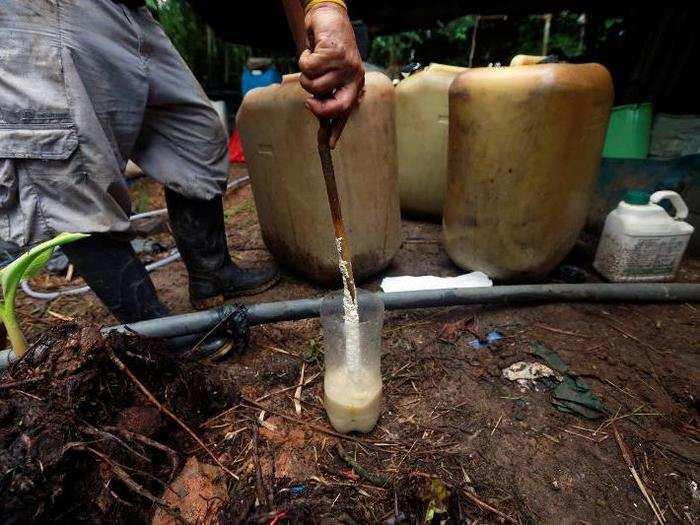
Source: The Washington Post
Colombian President Juan Manuel Santos has said his administration is willing to implement a massive crop-substitution program if a deal is made with the FARC and rebel control areas become safe for the government to operate.
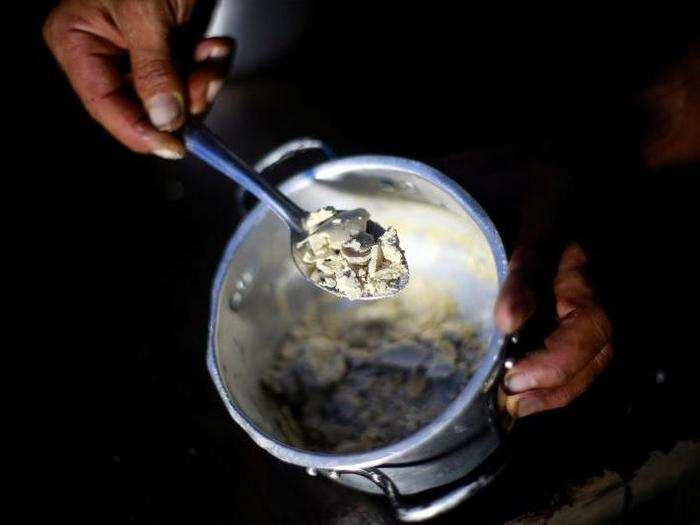
Source: The Washington Post
Despite its high value on the illicit market, coca paste is sometimes traded for everyday goods by farmers who produce it. Here, chicken, fish, and eggs lie next to coca paste worth $14,000 Colombian pesos at a local store in Guyabero Region, Guaviare, Colombia. The Colombian peso is trading at roughly 2,900 to the US dollar.
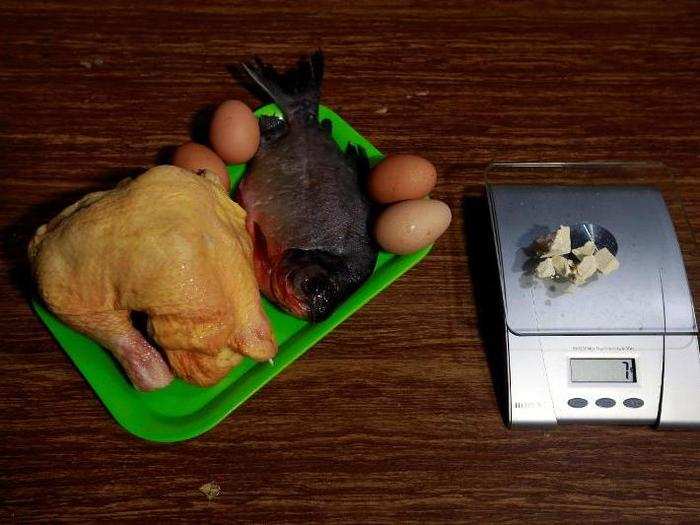
Beverages lie next to coca paste worth $30,000 Colombian pesos at a local store in Guyabero Region, Guaviare, Colombia.
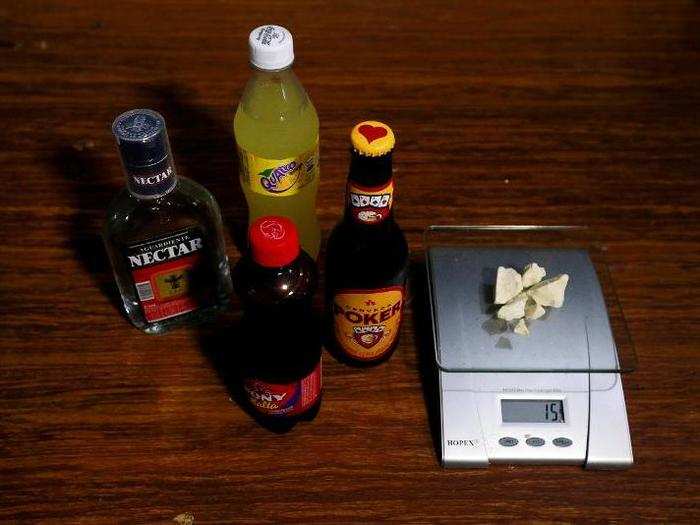
Grocery products lie next to coca paste worth $110,000 Colombian pesos at a local store in Guyabero Region, Guaviare, Colombia.
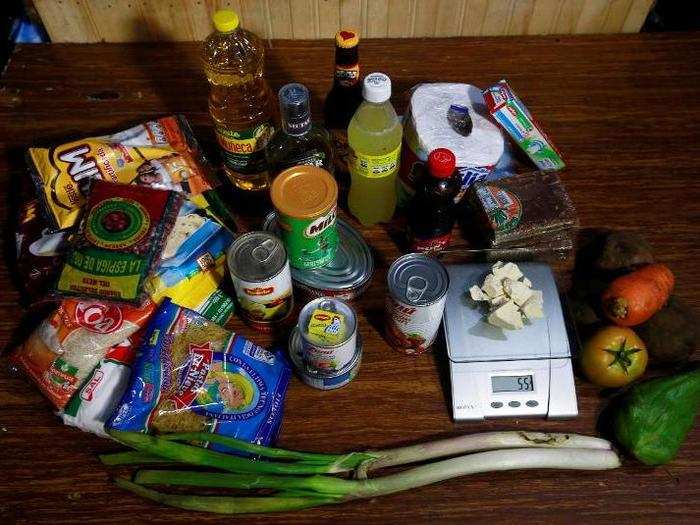
Vegetables lie next to coca paste worth $8,000 Colombian pesos at a local store in Guyabero Region, Guaviare, Colombia.
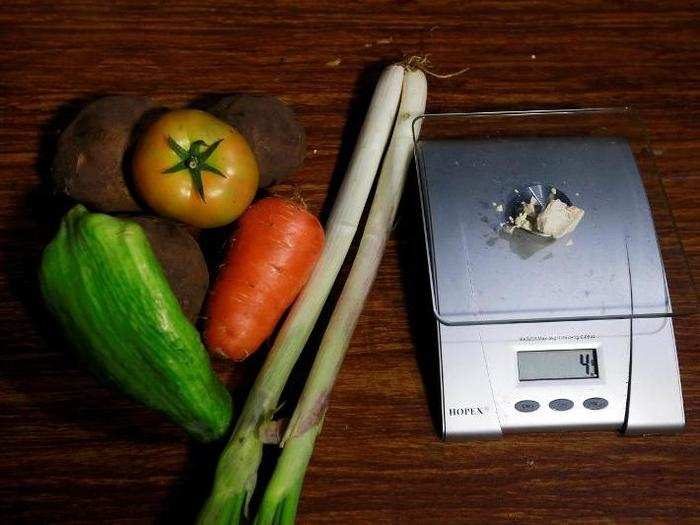
Grocery products lie next to coca paste worth $32,000 Colombian pesos at a local store in Guyabero Region, Guaviare, Colombia.
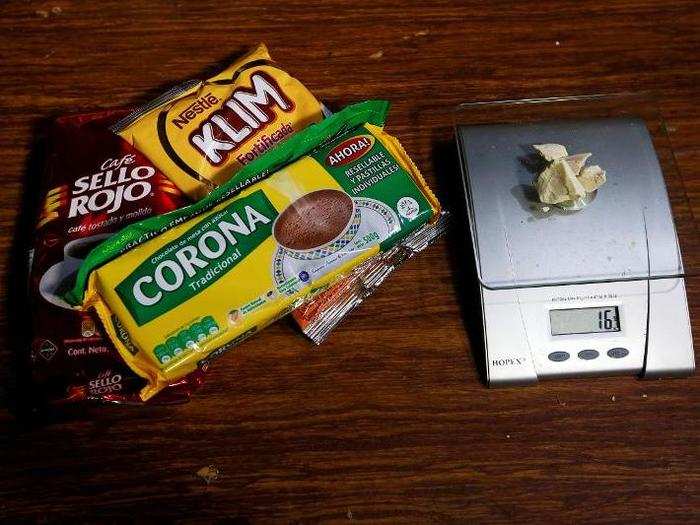
Canned goods lie next to coca paste worth $26,000 Colombian pesos at a local store in Guyabero Region, Guaviare, Colombia.
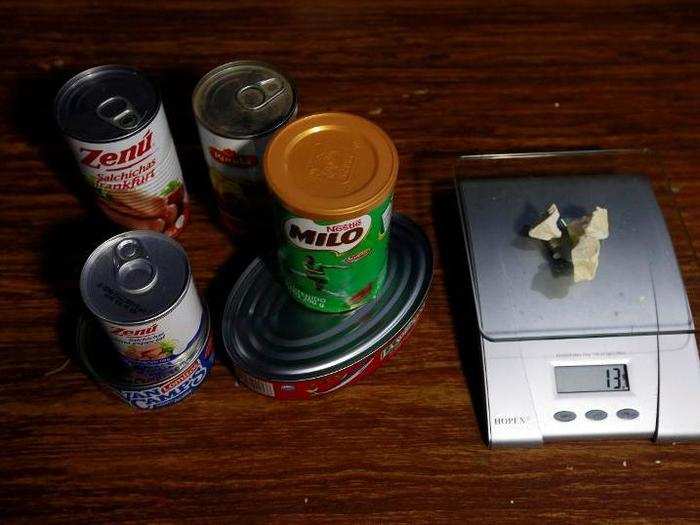
Grocery products lie next to coca paste worth $18,000 Colombian pesos at a local store in Guyabero Region, Guaviare, Colombia.
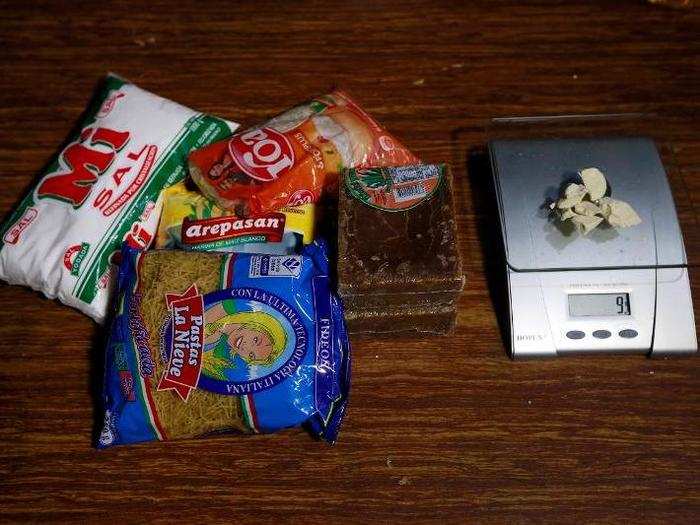
Cleaning products lie next to coca paste worth $18,000 Colombian pesos at a local store in Guyabero Region, Guaviare, Colombia.
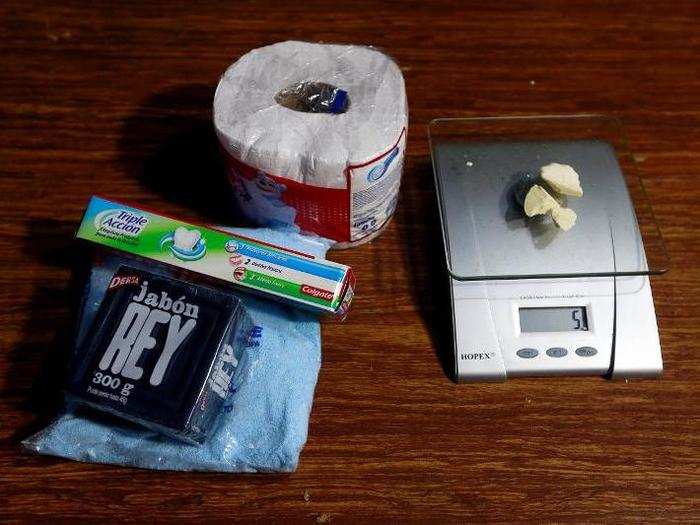
Rice and vegetables lie next to coca paste worth $8,000 Colombian pesos at a local store in Guyabero Region, Guaviare, Colombia.
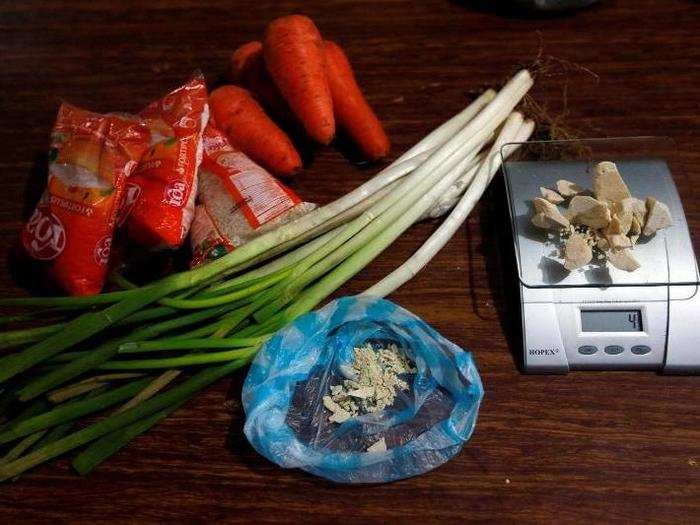
FARC rebels have been heavily involved in Colombia's drug trade, "taxing" the production of farmers and controlling vast swaths of the country's drug-producing regions.
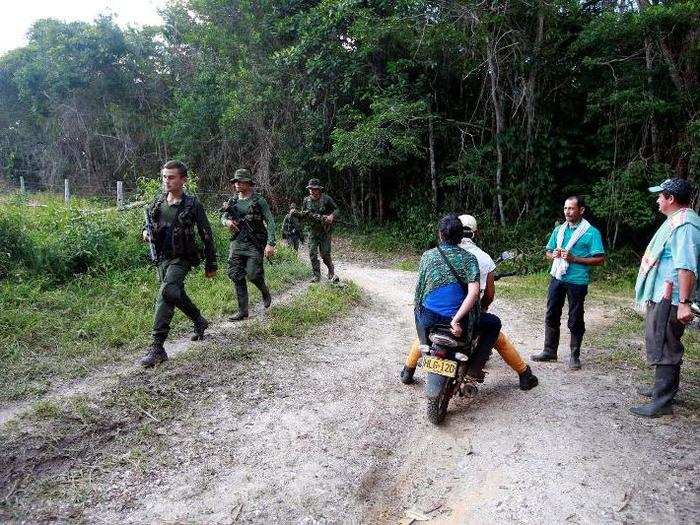
Source: The Washington Post
FARC rebels and other criminal groups in Colombia have become central players in the international cocaine trade. FARC groups are believed to have "franchised" parts of production to others, including Mexican cartels. And modern criminal organizations are suspected of partnering with Mexican cartels to move cocaine out of Colombia.
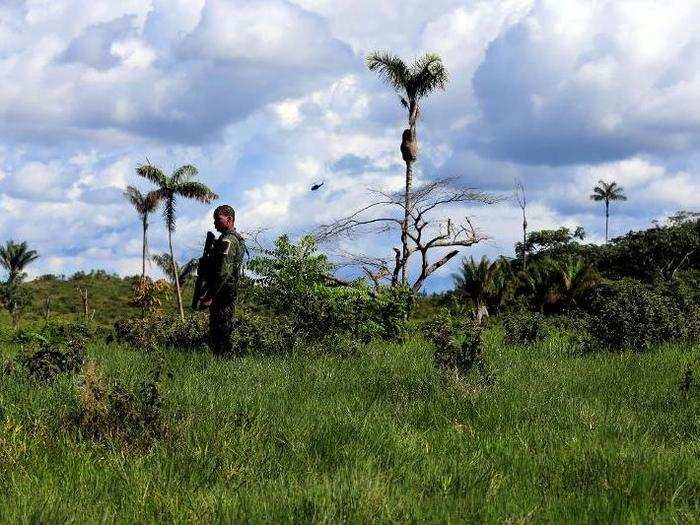
Source: Business Insider; El Tiempo
But as Colombian farmers struggle to eke out a living, and as criminal groups (and possibly remnants of FARC rebels) compete over the drug's production, coca production is likely to increase in the near term.
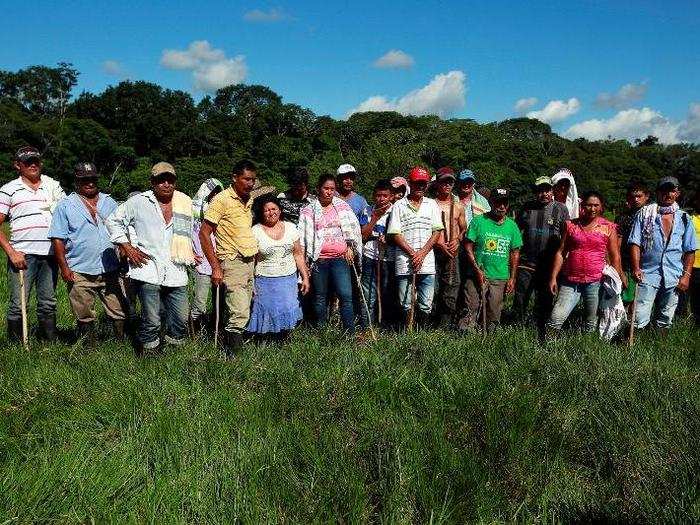
Colombian Defense Minister Luis Carlos Villegas, who has deployed some 7,000 soldiers to eradicate coca in the country, admits that the crop will probably increase until 2018 — "if things go well," he said, according to Reuters.
"Even if they reach an agreement, most of the FARC members are going to continue with their drug-trafficking activities," Mike Vigil, the former chief of international operations for the US Drug Enforcement Administration, told Business Insider earlier this year. "That's what they know, they know ... those are huge amounts of money. My prediction is most of them will go strictly into the drug trade."
Popular Right Now
Popular Keywords
Advertisement